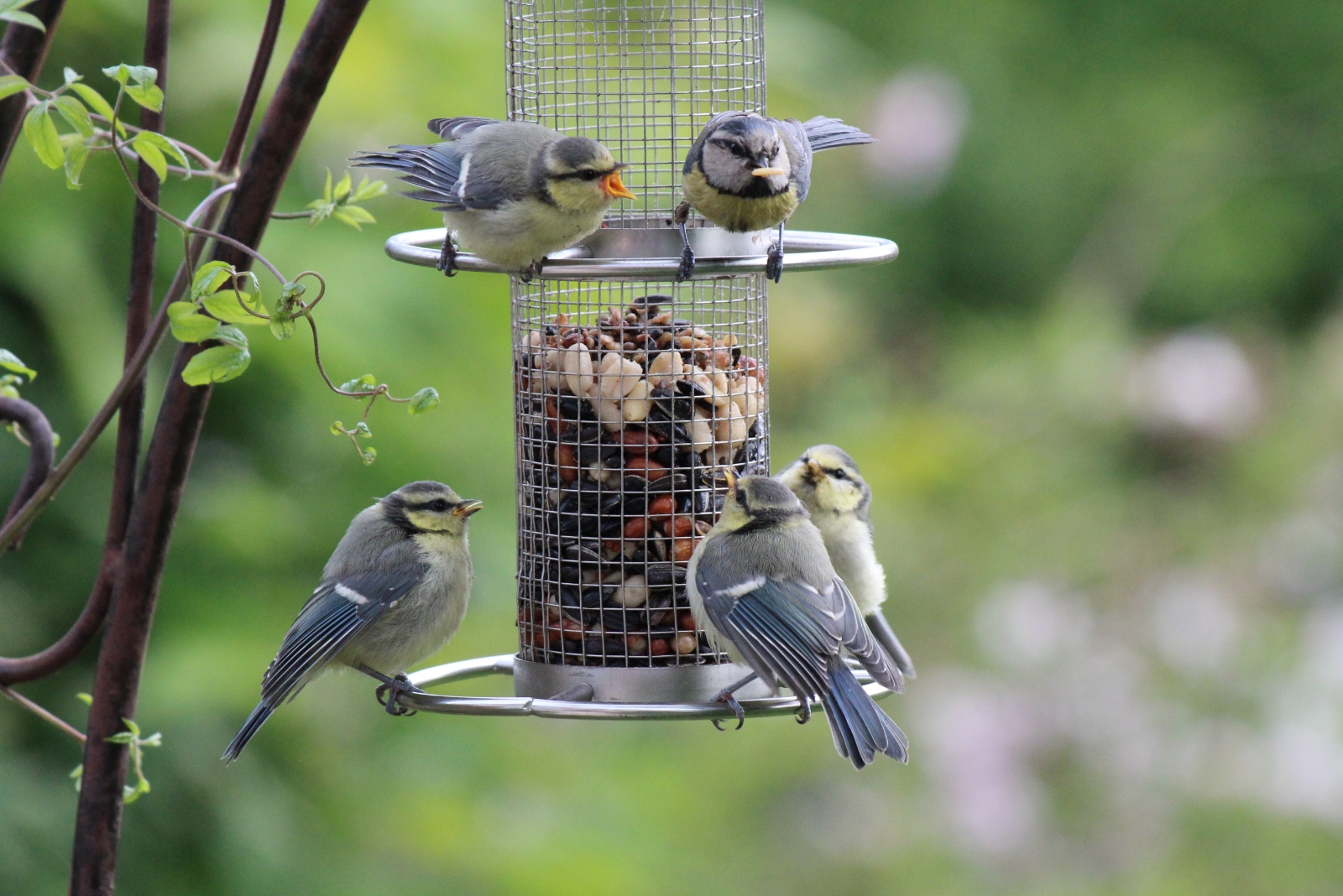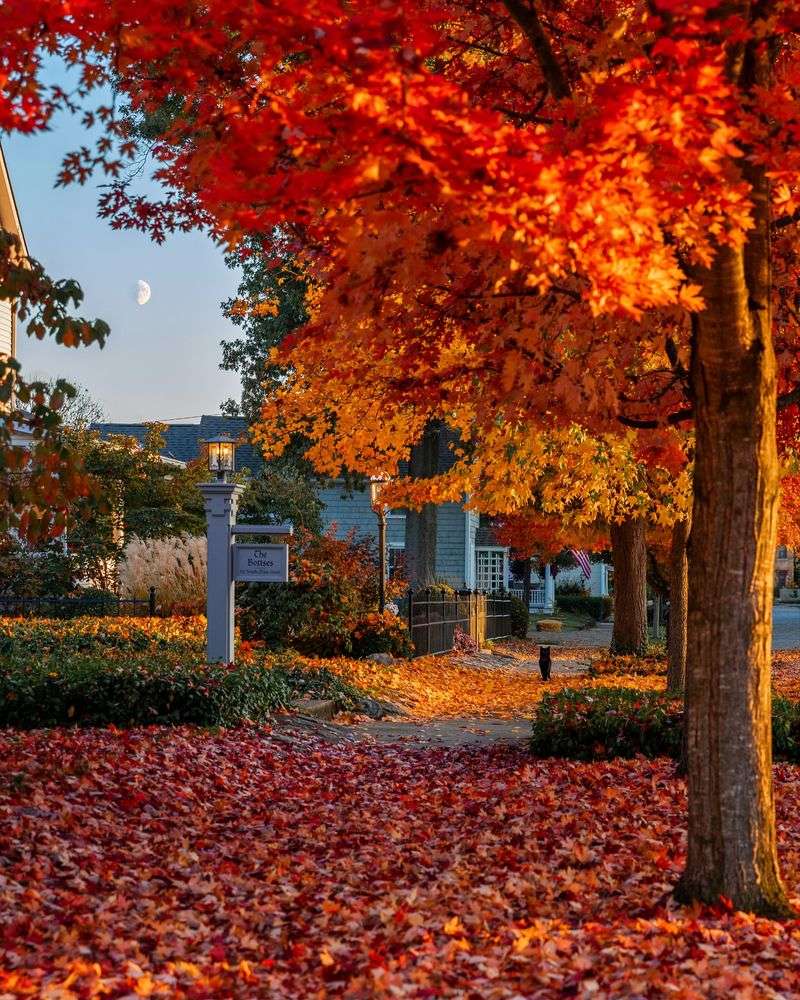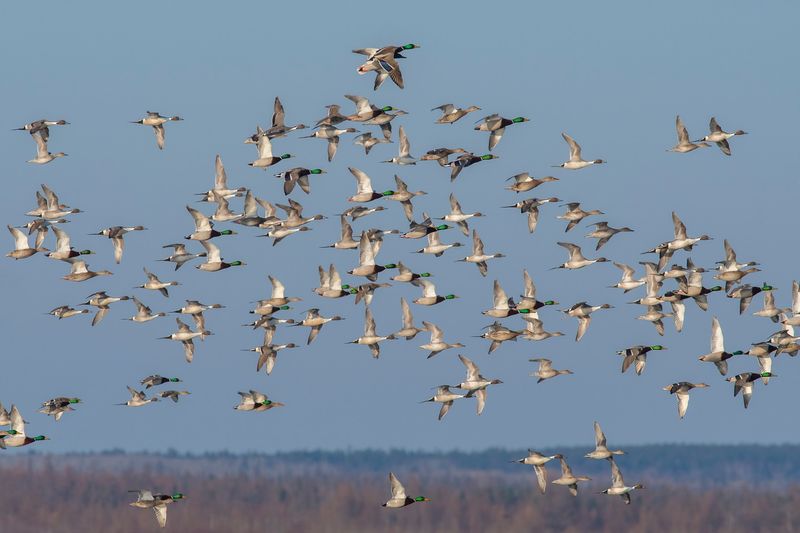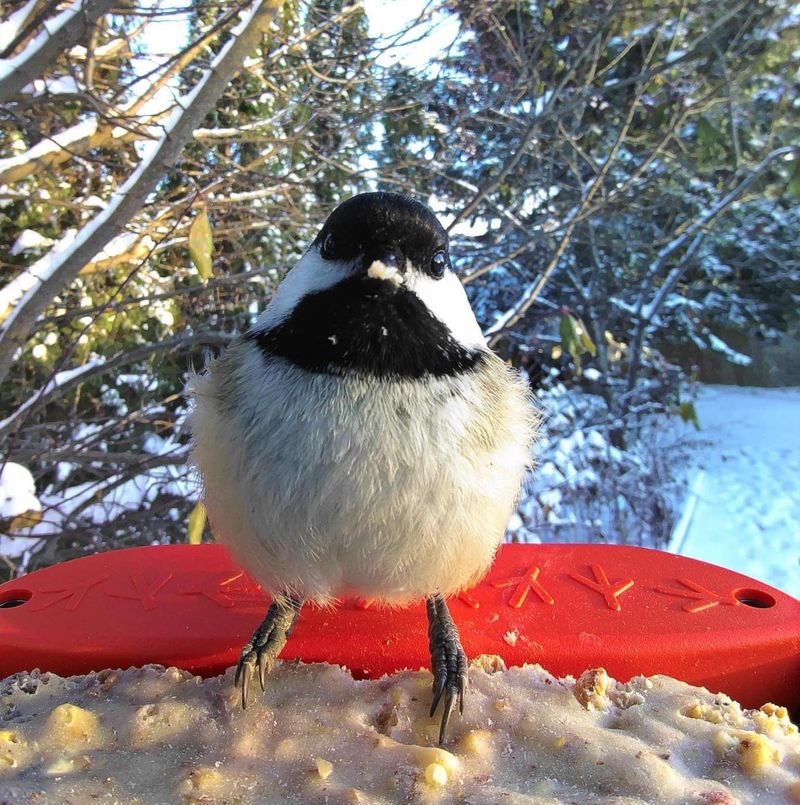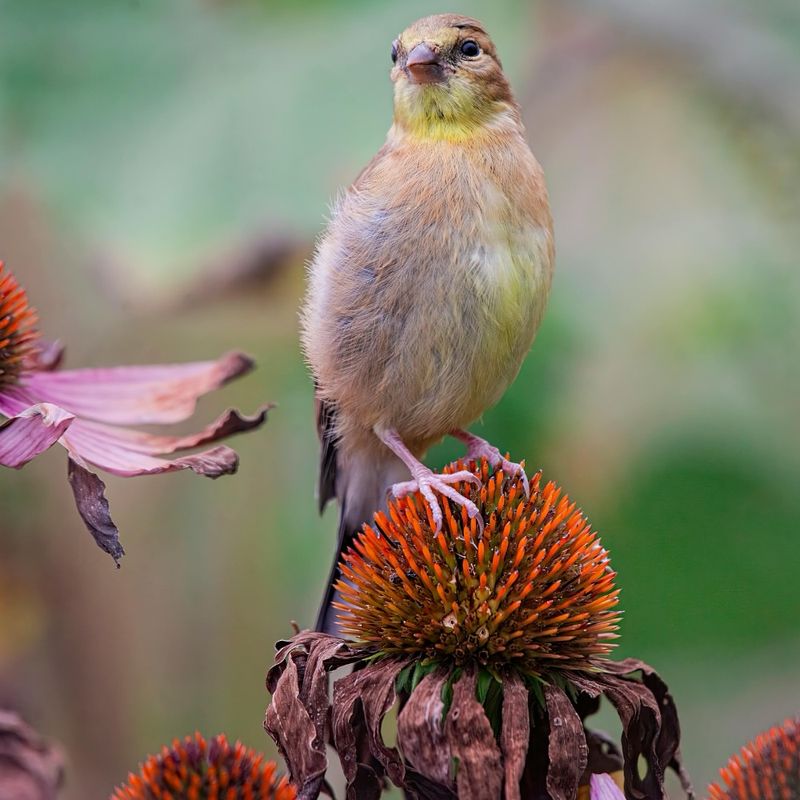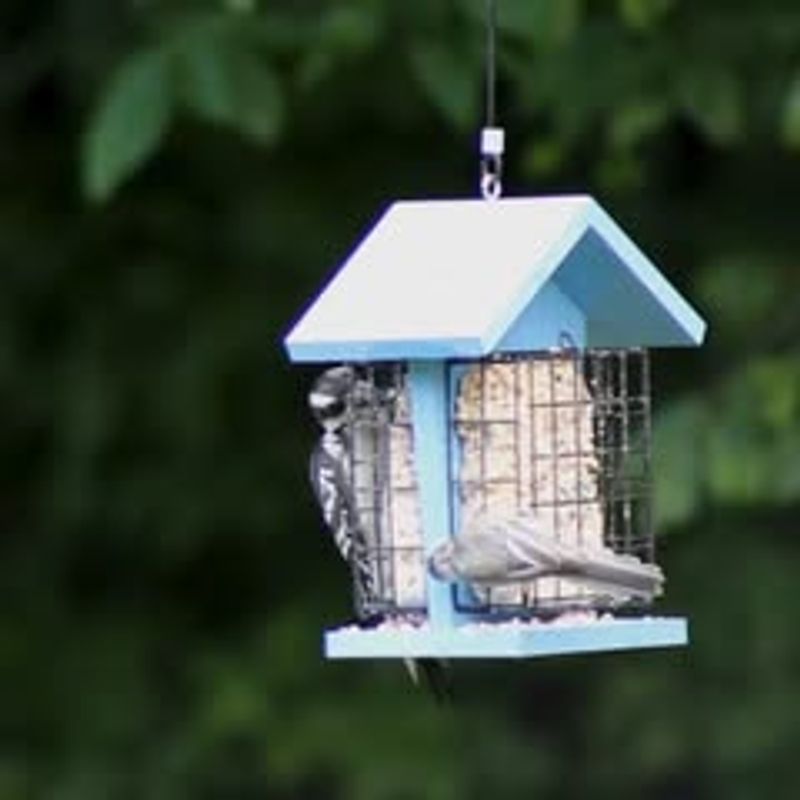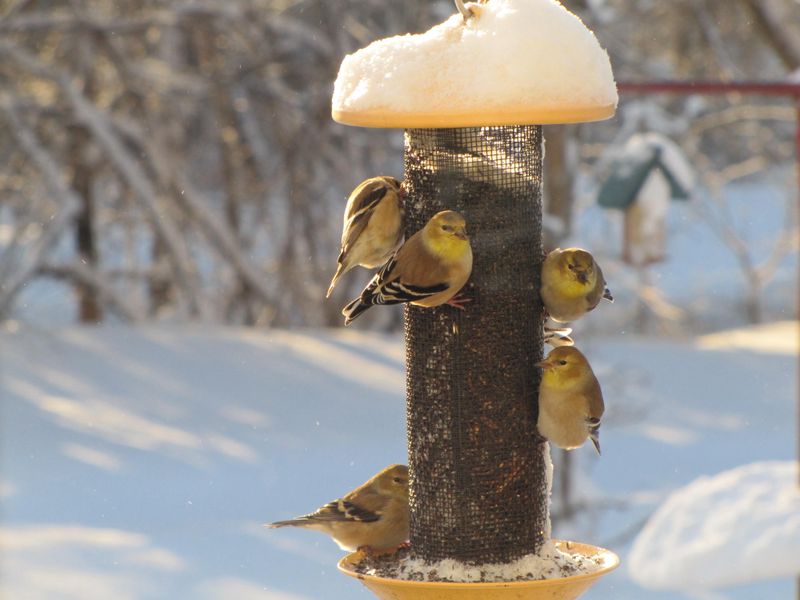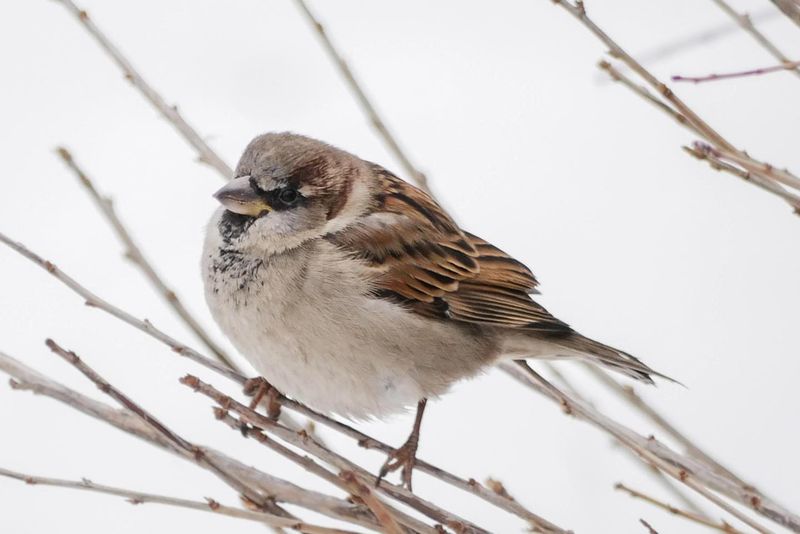The birds in New Jersey are starting to send signals that it’s feeding time again. Cooler nights and fewer insects mean they’re looking for reliable snacks.
Watching their habits makes it easy to know when to step in. Once you start, your backyard will turn into a lively autumn hangout.
1. Leaves Start Changing Color
When the trees around New Jersey begin showing off their autumn colors, it’s nature’s way of telling you that birds need help. Cooler weather means insects become scarce, and natural food sources start disappearing.
Setting up your feeders now gives birds time to discover them before they desperately need them. Many species will remember your yard as a reliable food stop throughout winter.
Start with sunflower seeds or mixed birdseed to attract various species right away.
2. Migrating Flocks Appear Overhead
Look up during September and October in New Jersey, and you’ll likely spot groups of birds flying in V-formations. Migrating birds burn tons of energy traveling hundreds of miles, making rest stops with food absolutely essential.
Your feeder becomes a welcome pit stop for exhausted travelers heading south. Species like warblers, sparrows, and thrushes appreciate the energy boost during their long journey.
Fill feeders with high-fat options like suet or nyjer seeds for maximum benefit.
3. Morning Temperatures Drop Below 50 Degrees
Once New Jersey mornings consistently feel chilly, birds start burning more calories just to stay warm. Cold weather forces them to work harder finding enough food to maintain their body temperature throughout the day and night.
Birds need almost twice as many calories in cold weather compared to summer. Your feeder helps them meet this increased energy demand without exhausting themselves.
Black oil sunflower seeds provide excellent fat content for cold-weather energy needs.
4. Natural Berries and Seeds Disappear
Walk through your New Jersey neighborhood and notice how wild berries, seeds, and nuts get eaten quickly by wildlife. By mid-fall, most natural food sources have been picked clean by hungry animals preparing for winter.
Birds compete fiercely for whatever remains, making backyard feeders increasingly important. Your contribution helps reduce this competition and ensures smaller, weaker birds get adequate nutrition too.
Offer variety by providing different feeder types with multiple seed options available daily.
5. Resident Birds Visit Your Yard More Often
Cardinals, chickadees, and blue jays that live year-round in New Jersey start appearing more frequently in yards when natural food becomes harder to find. Their increased visits signal they’re scouting for reliable feeding locations before winter arrives.
Establishing your feeders now builds trust with these permanent residents. They’ll become regular visitors who bring life and activity to your yard even during the coldest months.
Consistency matters, so commit to keeping feeders filled once you start.
6. Daylight Hours Get Noticeably Shorter
As autumn progresses in New Jersey, days shrink and birds have less time to search for food. Shorter daylight means fewer hours to gather the calories needed for survival, creating time pressure for every bird.
Feeders allow birds to eat quickly and efficiently without wasting precious daylight wandering around looking for scattered food sources. This convenience becomes critical as winter approaches and days grow even shorter.
Place feeders where they’re visible and easily accessible from multiple perching spots nearby.
7. You Spot Birds Fluffing Their Feathers
When New Jersey birds start puffing up their feathers to trap warm air, they’re already working hard to conserve heat. Fluffed feathers indicate birds are feeling the cold and need extra calories to maintain their energy reserves.
Well-fed birds stay healthier and better equipped to survive temperature drops. Your feeder provides the fuel they need to keep their internal furnaces running strong throughout fall and winter.
Add suet cakes to your feeding station for maximum cold-weather calorie delivery.

